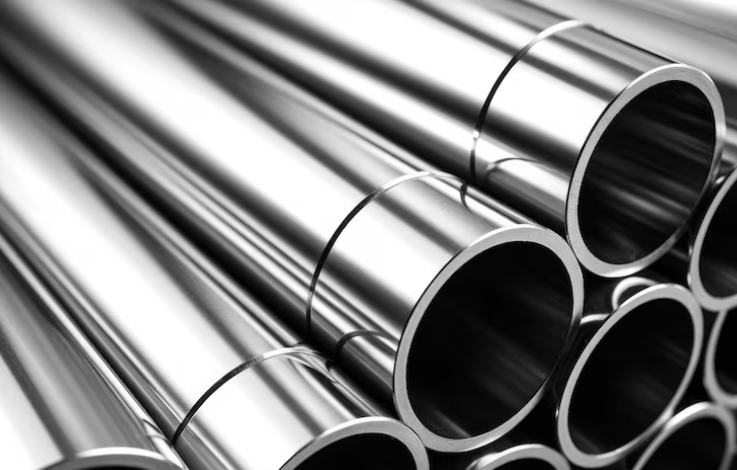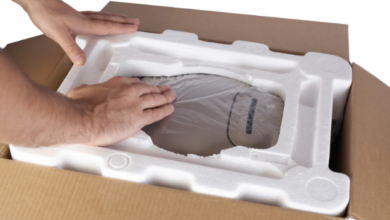Comparing 309 Stainless Steel Pipes to Other Austenitic Grades—What Really Matters in Industrial Use

There’s a tendency in some teams to lump all austenitic stainless steels together, assuming they’ll perform similarly across the board. That’s rarely true. In reality, the details—chromium levels, nickel content, mechanical strength—can completely shift how a pipe behaves in the field.
The 309 stainless steel pipe doesn’t come up often in day-to-day procurement, but maybe it should. It sits between a few well-known grades—304, 316, and 310—and if you look closer, it covers a surprising amount of ground.
It’s not the most popular, no. But there’s a reason some industries still rely on it.
What’s in It, and Why It Matters
On paper, 309 looks like a higher-end version of 304. It has more chromium, roughly 22–24%, and about 12–15% nickel. That bump makes a big difference when you’re looking at heat resistance. A standard 304 pipe, for instance, doesn’t cope well past a certain threshold of heat.
Some basic comparisons:
- 304 → Everyday corrosion resistance, fine for low to medium heat
- 316 → Better against chlorides, but still not designed for thermal shock
- 310 → High-end, great for extreme heat, but expensive and often overkill
309 falls somewhere between. It’s… well, it’s the middle child. But in applications like furnaces, thermal oxidisers, or exhaust manifolds, that middle ground might be precisely what’s needed, especially if the spec doesn’t justify jumping to 310.
Thermal Performance: Not the Flashiest, But Steady
Some projects don’t need superstar material. They need a stable one.
309 stainless can tolerate sustained temperatures up to around 2000°F (1093°C). For anything below that, you’re in a safe zone. Go higher, and you’ll see scaling, deformation, or worse.
It’s used in places where heat is constant—not just incidental. Think kilns, boiler baffles, or furnace liners. One engineer mentioned using it in a heat exchanger setup that ran five years without needing a single replacement weld. Not exactly scientific data, but it’s worth considering.
Corrosion Resistance: It’s Not Just About Rust
When people hear “corrosion resistance,” their minds jump to water. Saltwater, maybe. But in high-temperature industries, the enemy isn’t just moisture—it’s sulphur, combustion by-products, and oxidising agents.
Here’s where 309 offers some insulation. It’s perfect against sulphidation and oxidation at elevated temperatures. That said, don’t expect miracles in marine environments. For chloride-heavy exposure, 316 still outperforms it.
So, really, it depends on what your system’s throwing at the metal.
Mechanical Properties: Somewhere in the Middle
This part tends to get glossed over, but mechanical behaviour matters—especially under load.
- Tensile strength: ~515 MPa
- Yield strength: ~205 MPa
- Elongation: around 40%
In simple terms, it’s tough, ductile, and relatively resistant to deformation. But there’s a caveat—it gets brittle in cryogenic temps. So if your setup swings from heat to cold rapidly, you’ll want to double-check whether 309 fits that thermal profile.
Welding and Fabrication: Mostly Easy, With a Few Notes
Weldability is generally good—no significant issues with MIG, TIG, or SMAW processes. Still, in practice, hot cracking can show up if you’re working with thick joints under stress. The filler choice matters more than people realise here—309L or compatible 308 might help, depending on your setup.
It’s also a common go-to for dissimilar metal welds. You’ll see it bridging the gap between carbon steel and stainless, acting like a buffer.
Fabricators tend to like working with it—until they hit one of those tricky weld angles.
See also: How Small Businesses Can Streamline Payroll and HR Processes
Costs and Practicality: Does 309 Really Save You Money?
Let’s be honest—most buyers default to 304 unless someone gives them a reason not to. It’s cheaper. It’s available. It’s safe… unless the project involves continuous heat. That’s when things get expensive later.
309 isn’t cheap, but it’s nowhere near 310 either. If your process runs hot but doesn’t reach extremes, switching to 309 might save money in the long term. Fewer repairs, fewer shutdowns.
Of course, cost-benefit isn’t always straightforward. What you save in material might be lost in downtime—or vice versa.
Where 309 Pipes Actually Get Used
Here’s a short list from actual sourcing records and industry reports:
- Refineries
- Furnace tubes
- Power station exhausts
- Thermal processing units
- Heat exchangers
- Chemical plant ducts
In most of these, constant heat exposure is non-negotiable. That’s where 309 fits.
Standards to Check Before Sourcing
If you’re buying 309 stainless steel pipe, the spec sheet should mention ASTM A312. That covers welded and seamless pipes for high-temperature and corrosive service.
Other things to verify:
- Mill Test Reports (MTRs)
- Dimensional tolerances
- Heat treatment condition
- Dual certification (if applicable)
It’s worth asking for documentation upfront. Some suppliers try to pass off 309S as equivalent, but that’s a low-carbon version—not always what you need.
Final Thoughts (Not Tied Up Neatly)
There’s no perfect material. The 309 stainless steel pipe happens to be one of those grades that sits in a useful in-between space—not too specialised, not too generic.
It’s strong, fairly weldable, resistant to high-heat oxidation. But it’s not a fix-all. If the application doesn’t match the environment—too cold, too chloride-rich, too mechanical—it might still fall short.
Still, for many industrial setups running at high temps day in and day out, 309 earns its place. It’s just not always loud about it.




